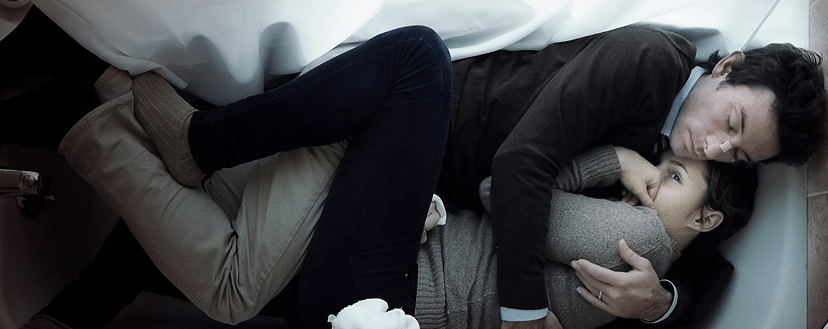Upstream Colour
Director: Shane Carruth
Cast: Amy Seimetz, Shane Carruth, Andrew Sensenig
Length: 96 minutes
Country: USA
It’s been nine years since Shane Carruth unleashed the mind-bending Primer on the world and I must admit that, until recently, I have long written him off as a one film wonder. A micro-budget science fiction film with emphasis on the science, Primer is an unusually cerebral time travel flick capable of tying your brain into some glorious knots. But while it remains a terrific directorial debut, it’s always come across to me as the product of a single great idea, rather than the first instalment in a potentially important filmography; a sci-fi Blair Witch Project if you will. I wouldn’t for a moment have thought that Shane Carruth had a film like Upstream Colour in him. With this transcendent sophomore effort he not only surpasses Primer, but also displays an extraordinary command of cinematic language that the dialogue-reliant Primer barely hints at.
On paper, the film’s plot reads a little like a work from Philip K. Dick or David Cronenberg. Amy Seimetz plays a graphics production designer named Kris who is forcibly drugged by a man in a club. The mysterious drug, made from a parasitic worm, puts Kris into a susceptible state, allowing the unnamed man to con her out of her savings. After Andrew Sensenig’s enigmatic pig farmer, listed in the credits as The Sampler, extracts the worm from Kris’s blood system and puts it into one of his pigs, Kris is left broke but with no recollection of what happened to her. She then finds herself inexplicably drawn to a stranger named Jeff (Carruth). There’s also a telepathic connection implied between Kris, Jeff and The Sampler’s pigs. If this all seems fairly baffling to you then that may be because the film wasn’t constructed with a traditional narrative sensibility. While Primer is that rare film which demands full commitment from the logical half of the brain, Upstream Colour seems to go in the opposite direction. The viewer is guided through the film primarily by their emotions, with little in the way of exposition. Dialogue comes in brief snippets and narrative details are often excluded in order to reduce the story to its emotional essence. This daring approach may render the film frustratingly opaque on first viewing but, once you catch on to the film’s unique inner logic, it becomes absolutely spellbinding.
With this transcendent sophomore effort Carruth not only surpasses Primer, but also displays an extraordinary command of cinematic language
Even viewers who aren’t entirely on the film’s wavelength are in pretty good hands. This is a film which can be enjoyed almost purely on an aesthetic level. Shane Carruth seems to be a man fascinated by texture. He explores texture as a cinematographer, creating lush images which, along with Carruth’s editing, recall Terrence Malick’s last few films; he explores texture as a composer, crafting a wonderfully ethereal score, and he also explores texture as a writer – The Sampler’s name seems to in part derive from his interest in recording natural sounds and attempting to recreate them. The film even has a visual motif of hands passing over surfaces or through thin air. This is just one of a range of visual and audio cues cleverly used by Carruth to draw parallels between various moments. While the film may sometimes drift from its main narrative, recurring sounds and images serve almost subliminally to highlight the film’s metaphorical elements and suggest the intangible forces tying everything together.
Upstream Colour is certainly a film open to a wide range of interpretations and can be understood on numerous levels, from the personal to the political, but to me it is a work of great optimism. I read it as a call to come to terms with our pasts and with ourselves so that we can successfully move forward. I feel that the film has genuine faith in the role love plays in personal recuperation and a profound respect for the mysteries of the human spirit. That being said, this is the sort of film which can be seen in a new light with each viewing and I’m sure I’ll be coming back to it frequently. I have no idea how on earth Shane Carruth is going to follow this up but he can rest assured that he has already established himself as one of contemporary cinema’s true originals.

Comments